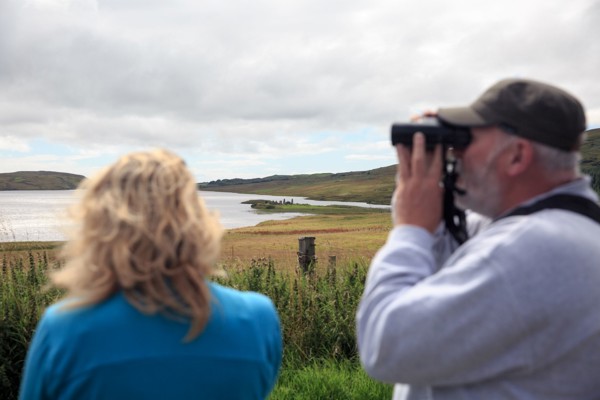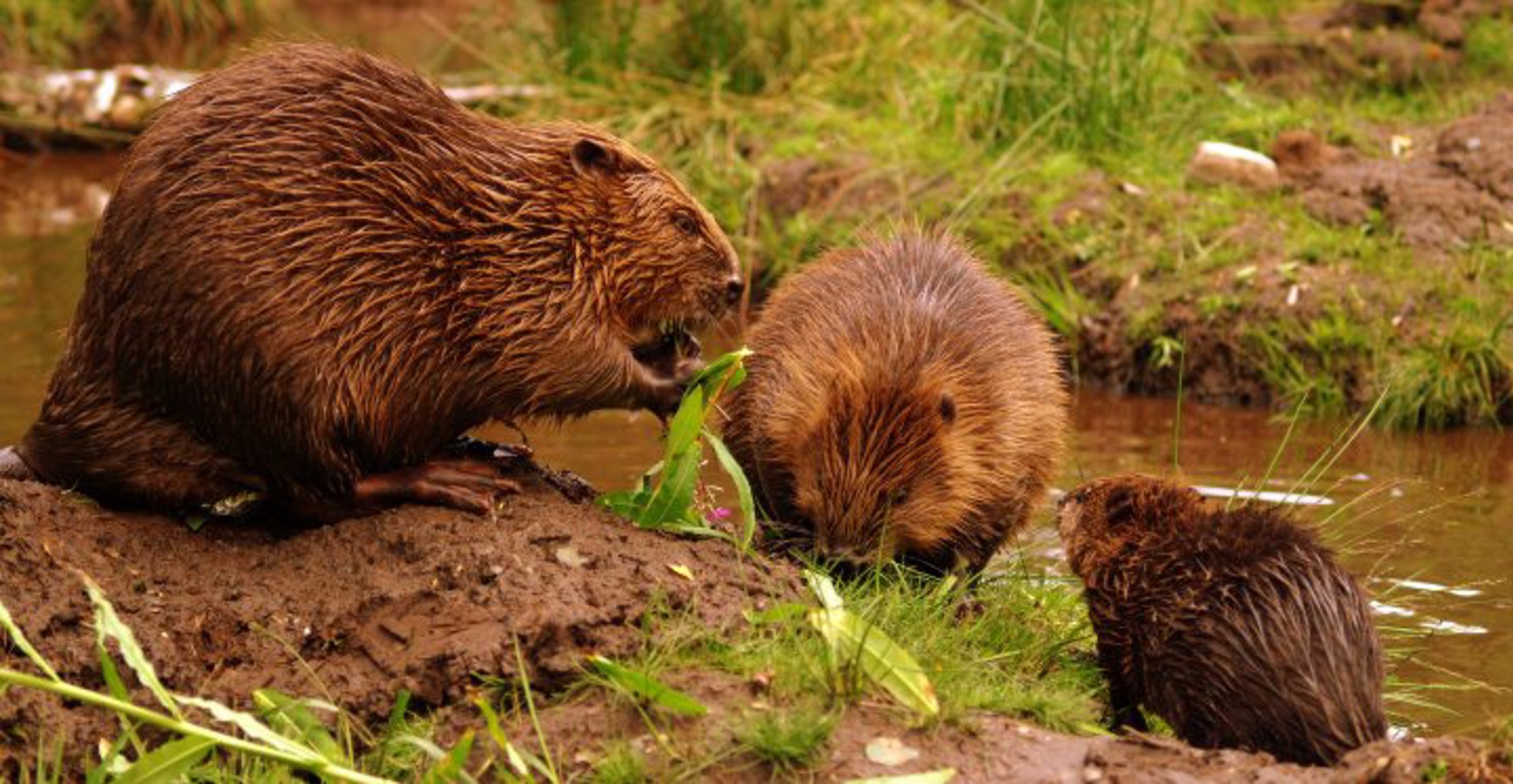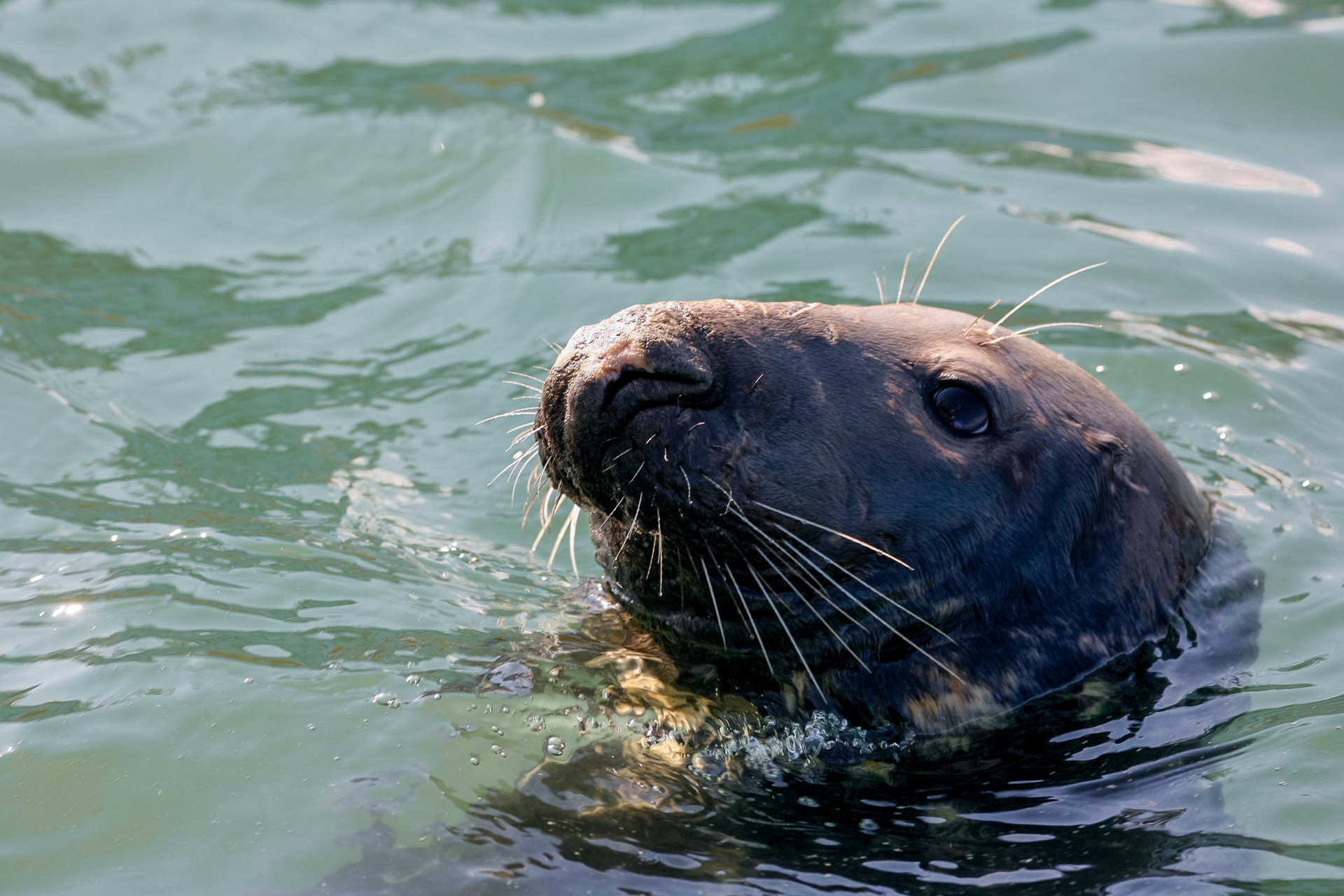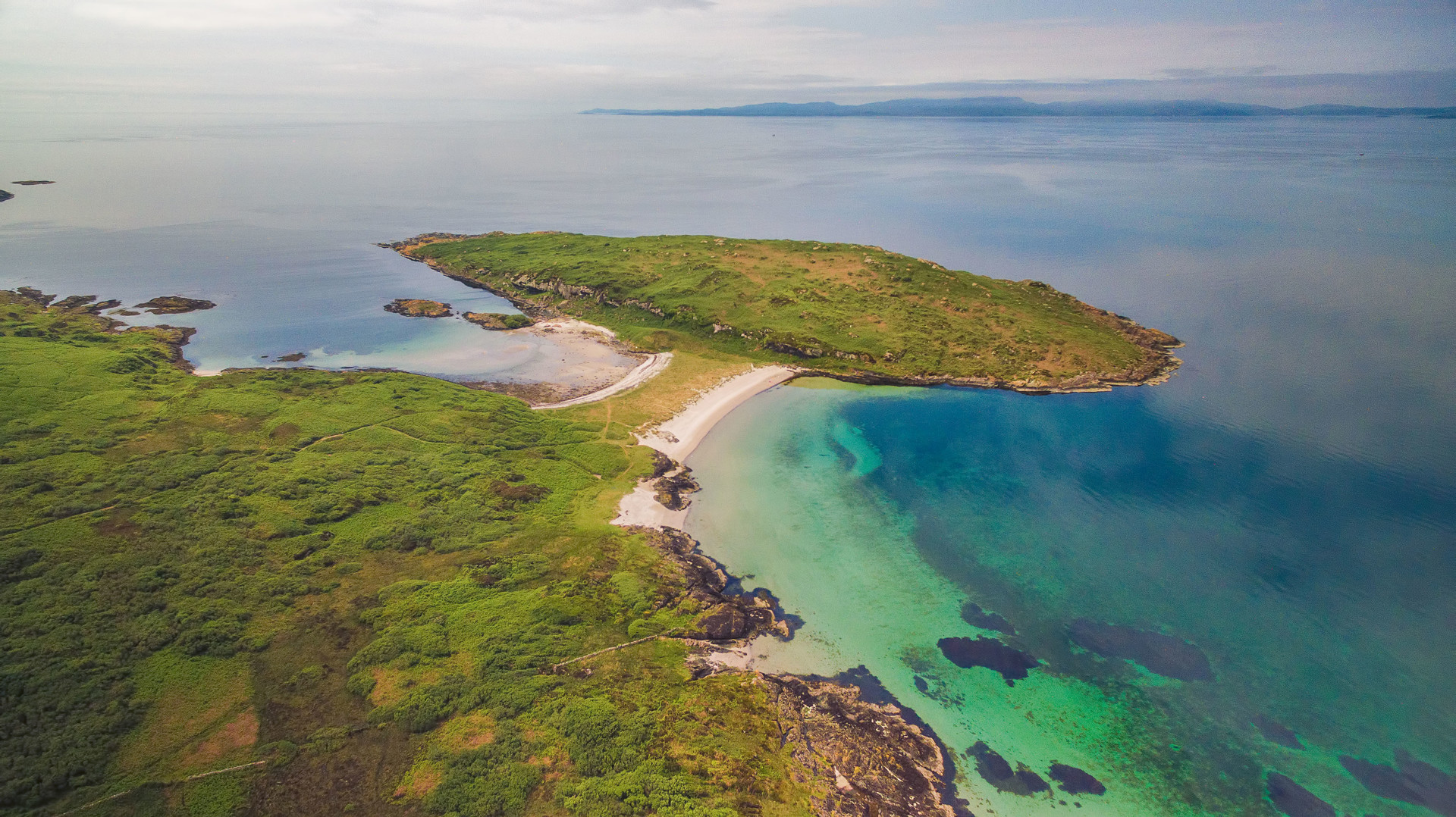
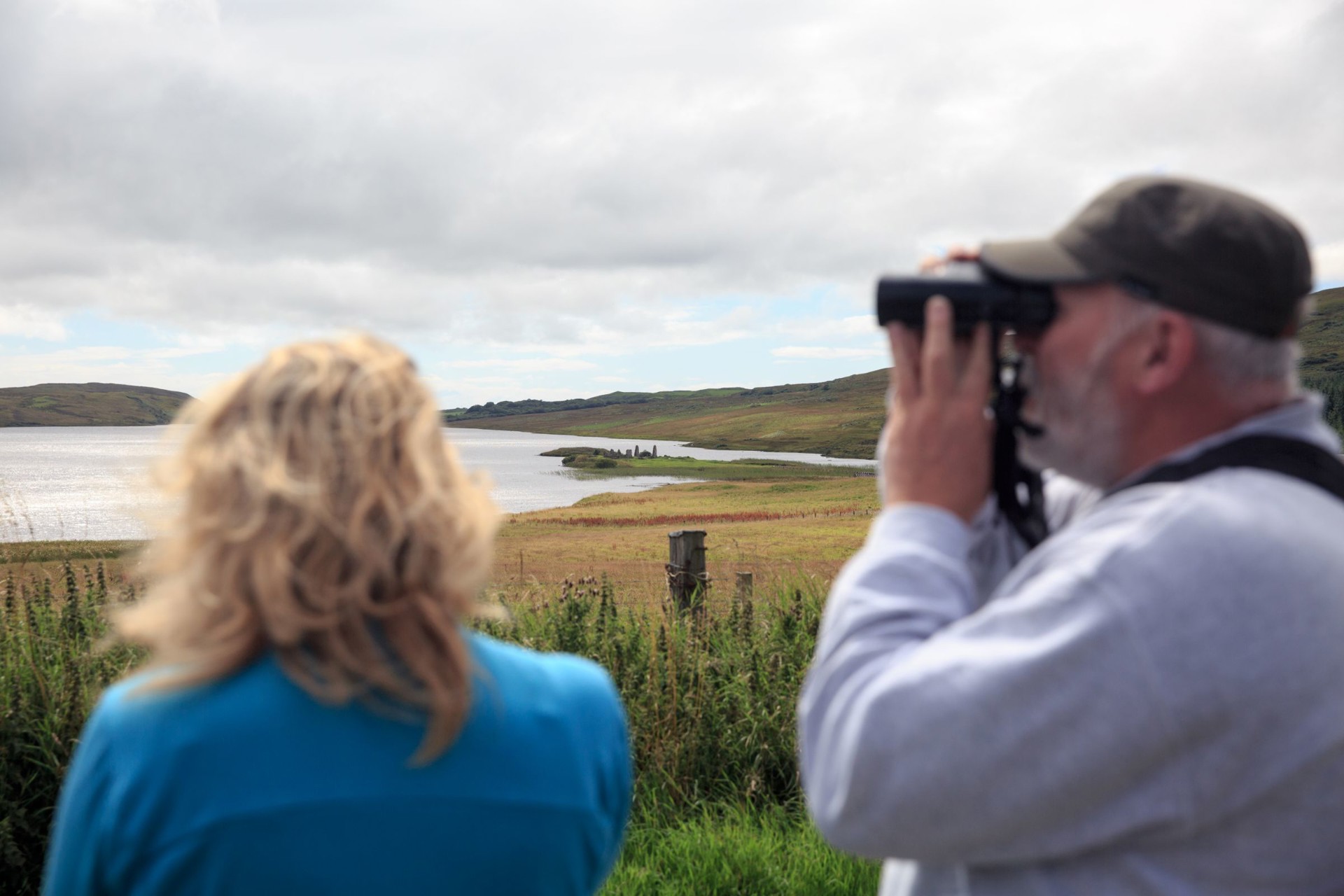
Wildlife in Argyll & the Isles
Scotland's Wildlife CoastArgyll and the Isles is home to some fantastic wildlife. Here you can spot Scotland’s ‘big five’ – red squirrels, otters, red deer, harbour seals and golden eagles AND much more.
As you explore Argyll’s hills, forests, lochs, shores and seas, you’ll be treated to some unforgettable wildlife encounters. Keep your eyes peeled and don’t forget to pack your camera and binoculars!
From white-tailed eagles and basking sharks to beavers and barnacle geese, our region is a haven for wildlife.
Go Wild About Agryll's Wildlife
Species on land and at sea. Look above and below!









